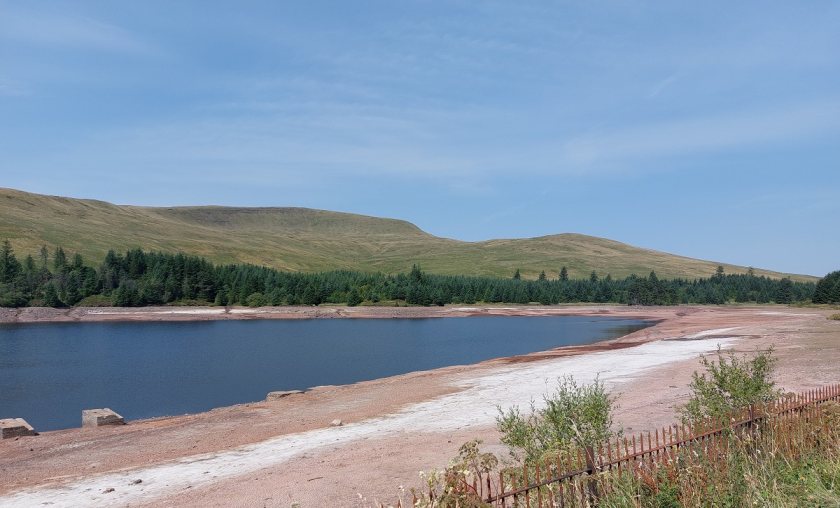
Trigger thresholds have been met to move South West Wales into drought status from today, Natural Resources Wales (NRW) has confirmed.
The decision to move from prolonged dry weather status to drought for the area was agreed at a meeting of the Welsh government’s Drought Liaison Group.
The rest of Wales remains in prolonged dry weather status, however concerns remain and action may be taken in the future.
The move means there will be a hosepipe ban, the first to be introduced in Wales since 1989.
South West Wales received just 65% of its average rainfall in July and all river levels in the area are lower than expected for this time of the year, with the Ewenny, Teifi and Taf exceptionally low.
Natalie Hall, sustainable water manager for NRW, said: “We have decided to declare a state of drought in South West Wales.
"It was clear the lack of rain and recent heat have put a huge strain on our rivers, reservoirs and groundwater levels."
The areas affected are: North Ceredigion (Rheidol, Aeron, Ystwyth); Teifi; Pembrokeshire (Eastern and Western Cleddau); Carmarthen (Tywi and Taf); Swansea and Llanelli (Tawe and Loughor); Neath Port Talbot and Bridgend (Neath, Afan, Ogmore).
Ms Hall added: “While certain parts of Wales may be experiencing rain, it can still take a long time to recover from drought, making water a precious resource."
The environmental body has published a page on their website to provide updates on the dry weather.
Advice for farmers and growers on dealing with dry weather can be found online.
A drought has also been declared in large swathes of southern, central and eastern England.
